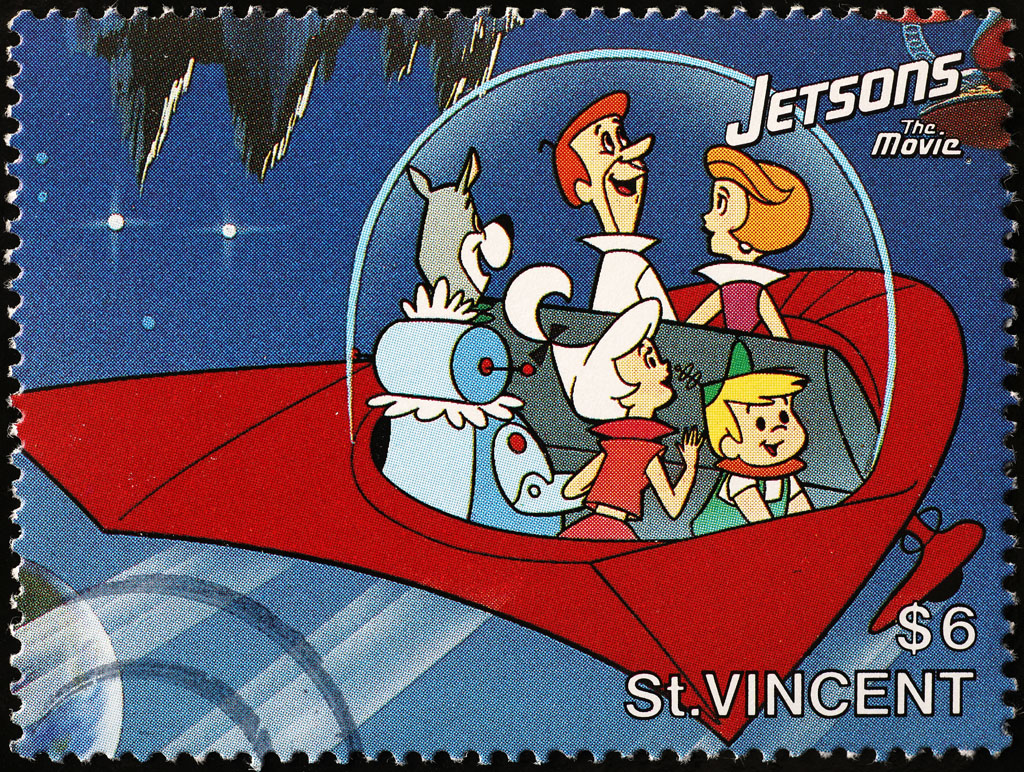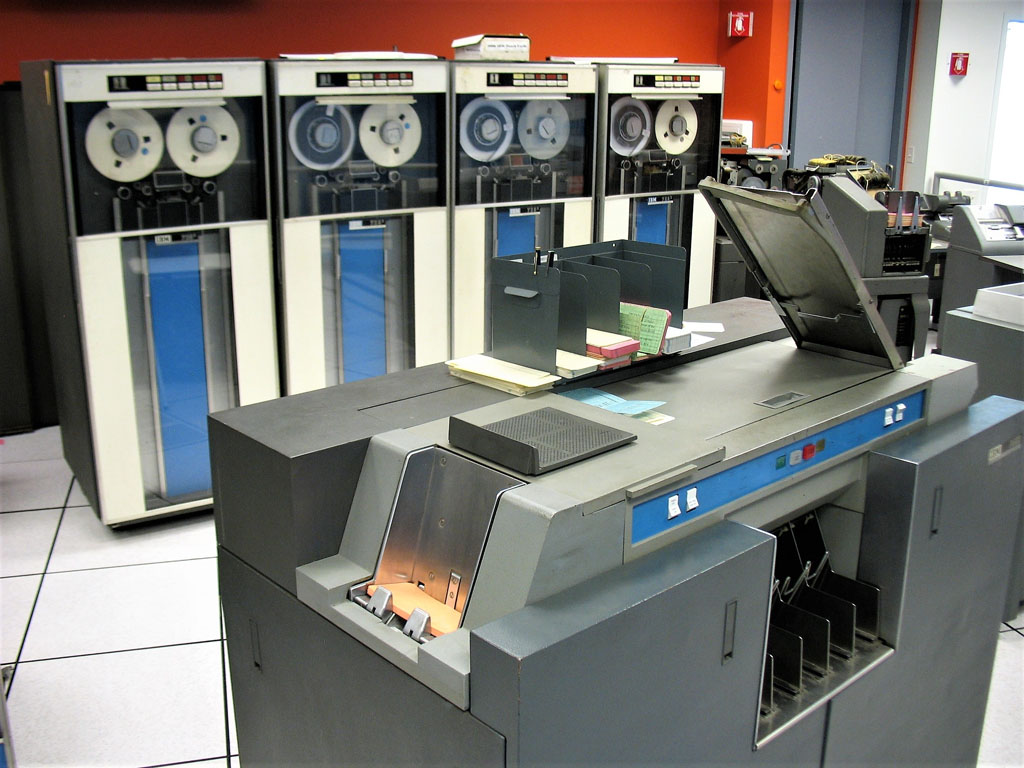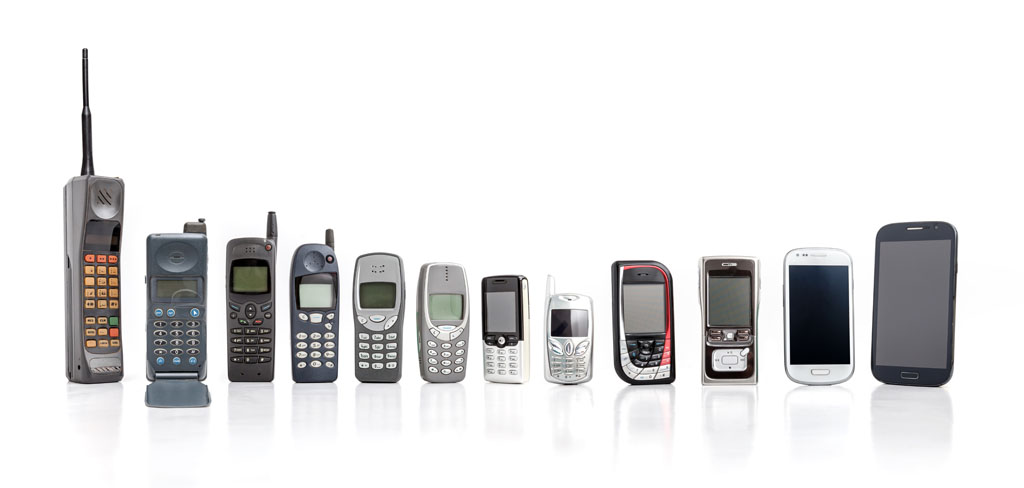THE GAFFA TAPES
14 Jul 2025
Baby Boomer in a Technological World: Game Of Phones

Subscribe to CX E-News
Snippets from the archives of a bygone era
In my final year of high school, 1964, a teacher asked the class to write an essay about the technical advancements they thought the future would deliver. The essays were then read aloud, with most students envisioning flying cars, moving footpaths, protein pills replacing balanced meals, interplanetary space travel, AI robots, and the video phone. Almost all of these futuristic predictions were lifted from the 60s animated television series, The Jetsons. While the video phone, as predicted by Nikola Tesla in 1926, has become a reality, no one could have foreseen that the smartphone would mesmerise future generations and even make its way into the world of pro audio and video.
Baby Boomers, now shortened derogatorily to ‘Boomers’ by successive generations, are often accused of rejecting technological change at every turn. It could also be argued that the current generation has been rendered pawns on the technological chessboard, where a smartphone is considered smarter than some of its users. But one of the pitfalls of categorising people into groups is that the subgroups of academics, non-academics, those with technical prowess, and non-technical individuals are all incorrectly thrown into the same generational mix.
In 1966, working as an insurance clerk on the sixth floor at the offices of the NRMA at 151 Clarence Street, Sydney, I’d send requests for client and insurance policy information via the pneumatic tube transport (up the chute) to the 7th floor, which was the EDP (electronic data processing) department. The floor was devoted to the use of punch card machines and magnetic tape for digital storage of client data. It was in the EDP department, apart from the rows of rotating punch card machines operated predominantly by women, that I witnessed a room full of magnetic tape drives transmitting information to automated typing machines that were typing out insurance renewals. Additionally, all the elevators in the building were operated by touch screens. This was the time prior to Sgt. Pepper’s, when the Beatles were recording their Revolver album on a 4-track tape recorder. Of course, all this discourse serves to emphasise that technical change did not suddenly manifest in the new millennium.

The rejection of any so-called technological advancement can leave you branded as a Luddite that rejects all technological change, including devices that create regressive practices that actually slow down progress. Since the 80s, I’ve been sceptical of devices that, in my opinion, tend to have a regressive nature. The fax machine was a clever way to quickly send a copy of a document from one place to another over a phone line, but it considerably slowed down the workflow in the offices of Audio Telex, where I worked as a sales engineer in the 90s.
Audio Telex was the largest supplier of audio equipment in Australia. We took orders and gave technical advice over the phone to audio installers. Often, after long technical discussions with installers, they would say, “Thanks, can you fax all that to me now?” This was a mundane, time-consuming exercise that considerably slowed down the workflow. The ultimate lethargy came when an installer asked me to fax a phone number to him, which I refused, instead advising him to invest in a pen or a pencil.
I tried many times over a five-year period to leave Audio Telex, but I couldn’t even get a job interview after mailing countless job applications. In desperation, I asked a mate who worked in a government HR department for advice. “It’s your age, mate,” he said, adding, “It’s the only area left where employers can discriminate.” I was only in my mid-40s. There was a large audio corporation at the time that didn’t employ anyone over thirty-five years of age, and the Australian Age Discrimination Act didn’t eventuate until 2004. However, companies soon began to find workarounds to continue age discrimination, like questions on job application forms that asked for the year you left school and your age at the time; primary school mathematics could then reveal your age.
The scanner may have replaced the fax machine, but even scanners are now playing second fiddle to smartphones that utilise photographs and screenshots, and since the file manager is rarely used on a smartphone, these images are mostly haphazardly corralled amongst thousands of other images and often lost completely. I’m now finding that obsessive smartphone users are reluctant to use email and email attachments, so I get a plethora of information with links sent to my mobile phone; it’s like I’m being forced to use the device when I prefer to use my PC.

Smartphone technology for pro audio can be as innovative as connecting a lavalier and other microphones via an app for live recordings. In certain scenarios, it can even serve as the primary microphone. Rode has employed smartphone technology in its smartLav+, Wireless Micro, Wireless Go, and other microphone applications. I’ve used many Rode products, from my trusted NT2 condenser microphone purchased in the 90s to the dynamic microphones and Roadcaster Pro production mixer that I use today in my community radio programme. I haven’t yet delved into the world of smartphone recording, mainly because I’m uneasy about the deluge of apps that have descended on the devices, which now range in the millions. Additionally, I find some of the functions and mainstream uses of the smartphone as regressive.
Apart from a generation’s addiction to social networks, I find it unsettling to watch someone fumble with a smartphone to produce a driver’s licence or pay a grocery store bill when a piece of plastic can suffice.
Fortunately, the age of information rescued me from my mundane sales job at Audio Telex. We now had word processors, email, and the Internet. So I scripted all my job applications in Microsoft Word 2 and sent them via email as file attachments. These were early days for word processors and file attachments, and it gave potential employers the impression that the job applicant was on board with the new technology. This was also the era of the audiovisual explosion with PowerPoint 95 and PowerPoint 97. Not only did I start to get job interviews, but I headed directly for the audiovisual market, where tech-savvy applicants were highly regarded. By the late 90s, I was managing all the audiovisual at Macquarie Bank and their holdings at 10-20 Bond St., Sydney.
The technology age again smiled upon me in 2003 when I applied for the position of editor at BEN (Broadcast Engineering News). The publisher, who had created the magazine in the 80s, was in the process of letting go of the reins, but before handing it over to the media department, he insisted on a tech-savvy journalist to head the magazine. I then had to survive an interview with the new publisher waiting in the wings, who wanted to see an example of something I’d written, as he knew nothing about broadcast. Looking back, it seems farcical, but I gave him a comedy screenplay I’d written. He liked it, and I got the job. And so it went, that all the publishing staff at the magazine thought that I was tech-savvy but a fledgling journalist, and the broadcast technicians that I interviewed and wrote about thought that I was proficient in journalism but had a few more tricks to learn about broadcast.
Since I had to work amongst more clowns than you’d find in a Ringling Bros. Circus, I felt justified in performing my balancing act.

Without the constant flow of information from Reuters and Associated Press subscriptions, as well as the numerous press releases from distributors and manufacturers of broadcast equipment, I’m not sure how I would have managed. If I received a good article, I could then look for a good image online. If I received a great image without a detailed piece, I could either look it up online or get in touch with the source.
All of my resources were made possible by the information age. However, having used a mobile phone since 1992, I was conscious of becoming a slave to it. There was a phone with voicemail at the office, and I had email and a home phone. After about 18 months, the publisher asked me why I didn’t claim mobile phone expenses, and he was stunned when I said, “I don’t own a mobile phone.”
Chicago-born electronics engineer Martin (Marty) Cooper, while working at Motorola, developed the first hand-held mobile phone in 1973. He is considered the father of the handheld mobile phone. Born in 1928, Cooper is 96 years old, and due to the current social and cultural climate, few people have heard of him. He said of the smartphone, “My most negative opinion is we don’t have any privacy anymore because everything about us is now recorded someplace and accessible to somebody who has enough intense desire to get it. You should not be a slave to your telephone. The technology is there to serve you, not the other way around.”
Main Image: The Jetson’s family featured on a postage stamp
Subscribe
Published monthly since 1991, our famous AV industry magazine is free for download or pay for print. Subscribers also receive CX News, our free weekly email with the latest industry news and jobs.






